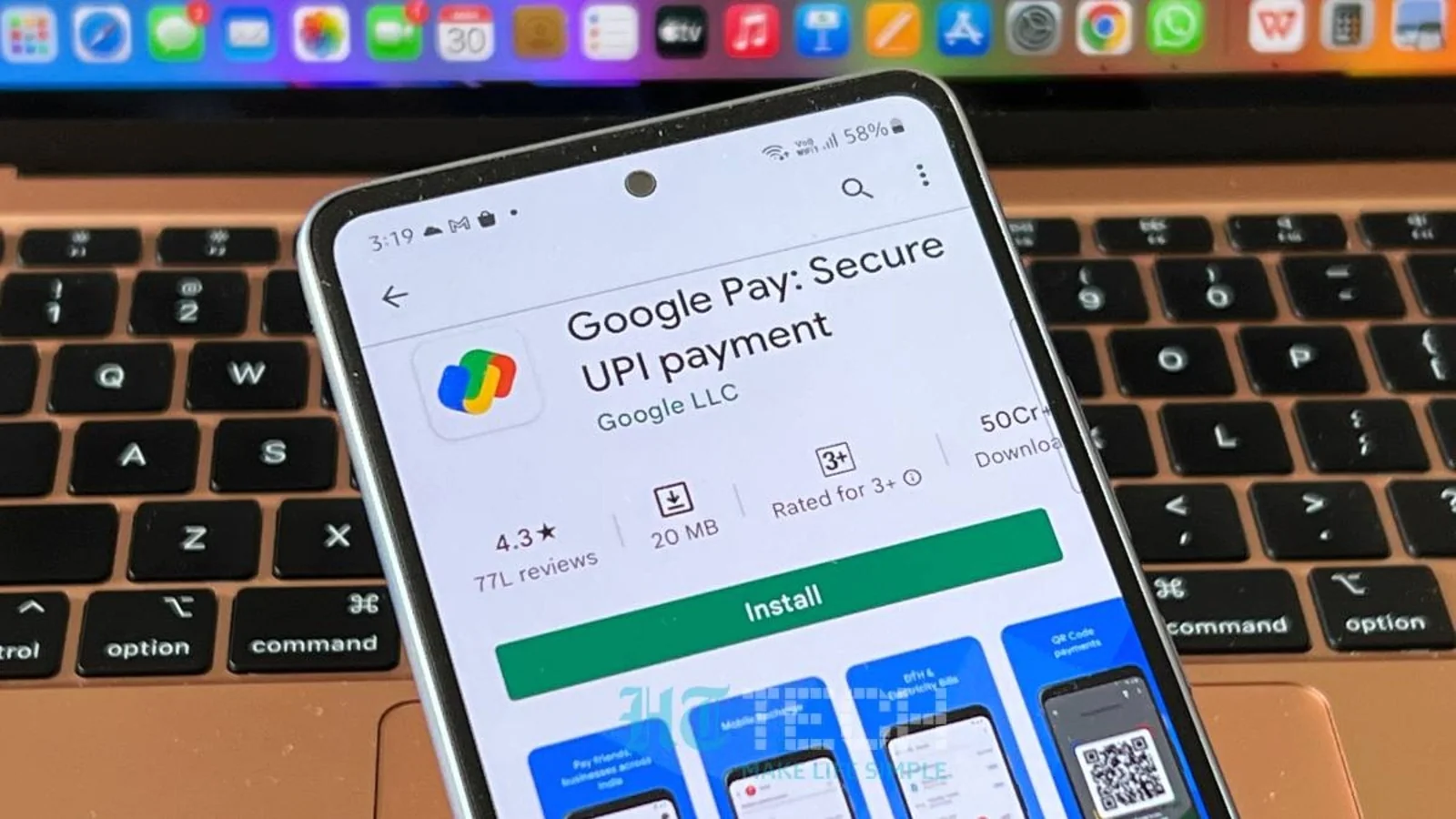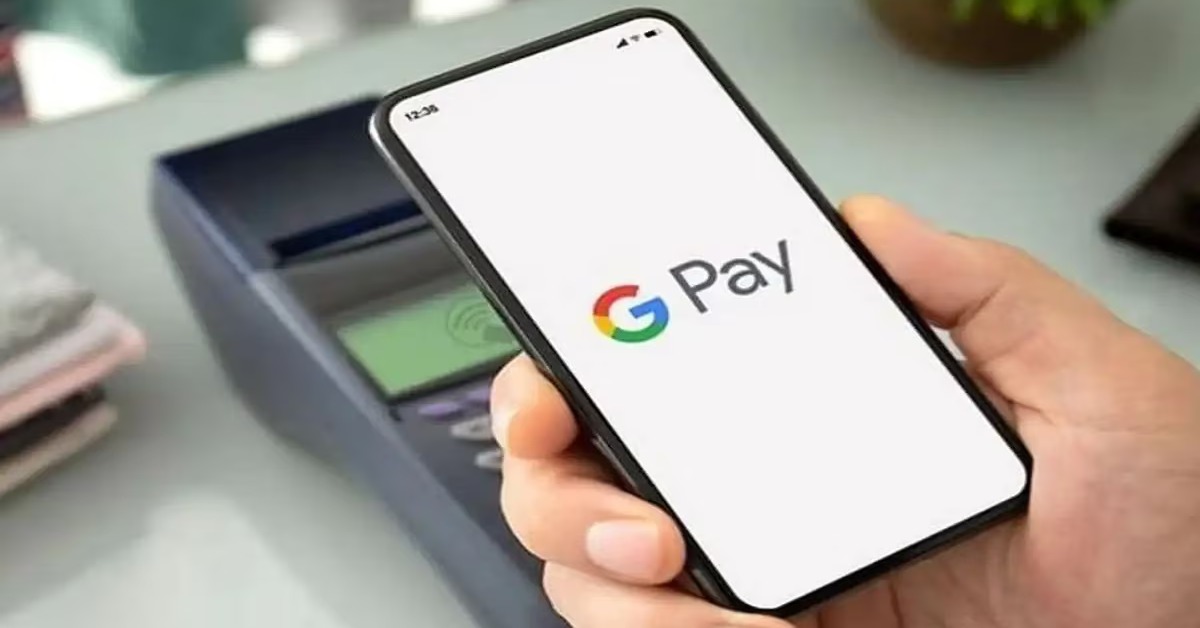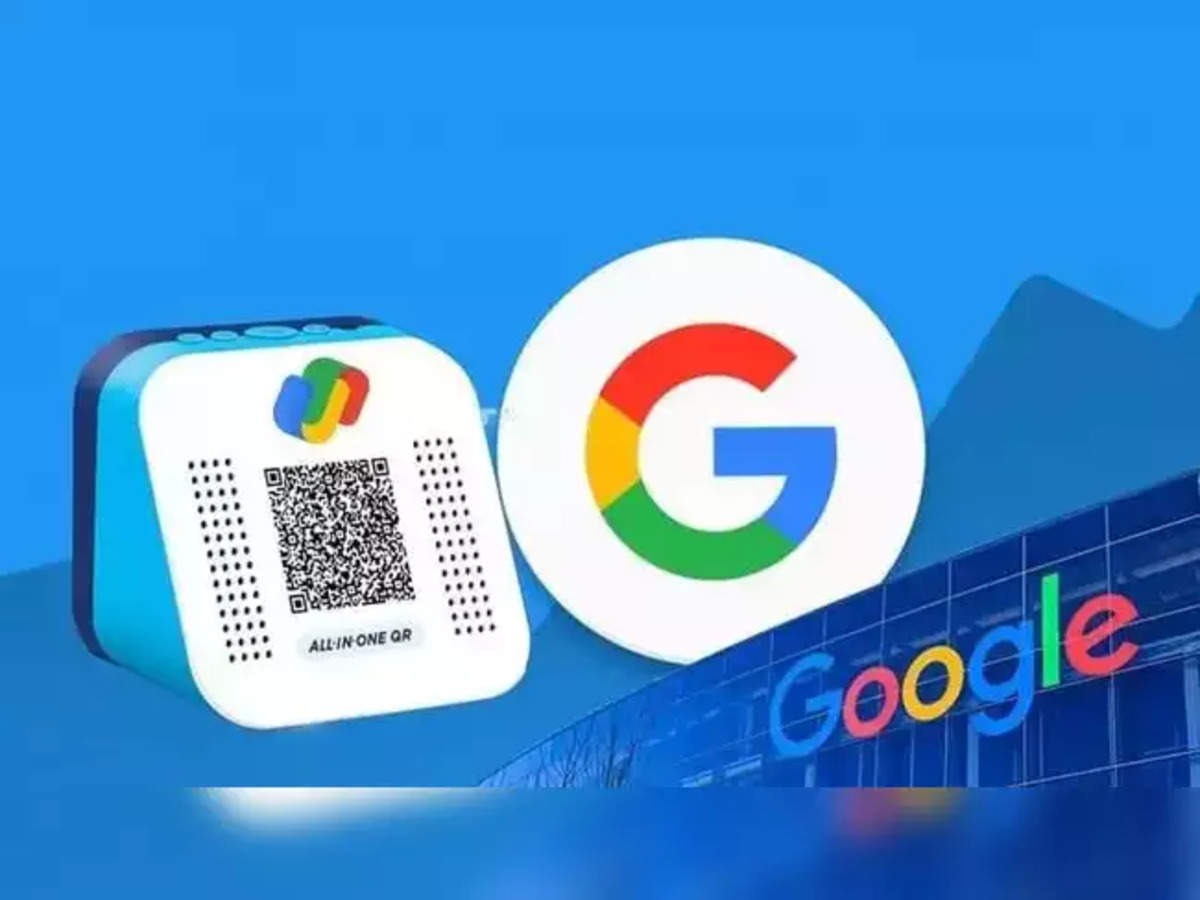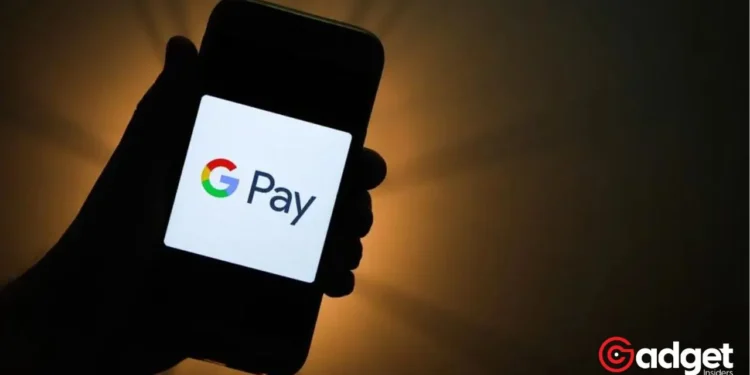Google’s ever-evolving landscape of digital payment services is taking another turn, with the impending closure of Google Pay, also known as GPay. This change signifies a strategic shuffle in the tech giant’s approach to mobile payments, impacting users globally. Here’s an in-depth look at what’s happening, the implications, and the crucial steps you need to take as Google Pay bids farewell.
The Evolution of Google’s Payment Services
The journey of Google’s payment services has been nothing short of a rollercoaster. Initially launched as Google Wallet in 2011, the service underwent several transformations, rebranding as Android Pay and later merging with Google Wallet to form Google Pay in 2018.
Fast forward to 2022, Google Wallet made a comeback, leaving Google Pay with a limited role in the U.S. and Singapore. This frequent reshuffling has left many users scratching their heads, wondering about the future of their digital wallet services.

The Sunset of Google Pay: What’s Changing?
In a recent communication to its U.S. users, Google announced that Google Pay would officially cease to exist on June 4, 2024. This change primarily affects the app’s current functionalities, including cash-back deals, peer-to-peer payments, and integration with the Wise platform for international transfers.
Notably, from February 22, users can no longer activate new cash-back deals, and peer-to-peer payment functionality will be discontinued starting June 4.

What You Need to Do Before the Shutdown
1. Transfer Your GPay Balance:
To transfer your GPay balance, open the app, go to the Insights tab, and follow the steps to move your funds to a linked bank account. Remember, transfers to a bank account are slower compared to debit card transfers, which incur a 1.5% fee.
2. Top Off and Transfer Small Balances:
For balances under $1, you’ll need to add a minimum of $10 before you can transfer it out. Navigate to the Insights tab, add the necessary amount, and then proceed with the transfer.
3. Remove Bank and Credit Accounts:
To remove payment accounts from GPay, access the Linked Accounts & Payment Methods section in the app. It’s a wise move to unlink any accounts you won’t be using, to maintain data security.
Google Pay is going away. No, really. When it's happening and what you need to do https://t.co/osIL6RzZhY pic.twitter.com/IxuCklEgTB
— Pocket-lint (@Pocketlint) February 23, 2024
Google Wallet: The New Go-To App
With Google Pay exiting the stage, Google Wallet takes the spotlight as the primary app for tap-to-pay transactions, storage of passes, loyalty cards, and digital IDs.
However, it’s important to note that some of the functionalities previously offered by GPay will not be available in Google Wallet, necessitating a shift to alternative apps for those services.
Integrating IDs and Insurance Cards in Google Wallet
Following in the footsteps of Apple Wallet, Google Wallet now supports digital IDs, insurance, and other essential cards. This feature enhances the convenience and accessibility of important documents, making them readily available at your fingertips.

Looking Forward
The closure of Google Pay marks a significant shift in Google’s digital payment strategy. As users navigate this transition, understanding the changes and taking the necessary actions to secure their financial information is crucial.
With Google Wallet set to take over, it’s an opportune moment to explore and adapt to new digital wallet solutions. Keep an eye on future updates from Google as they continue to reshape the landscape of mobile payments.










